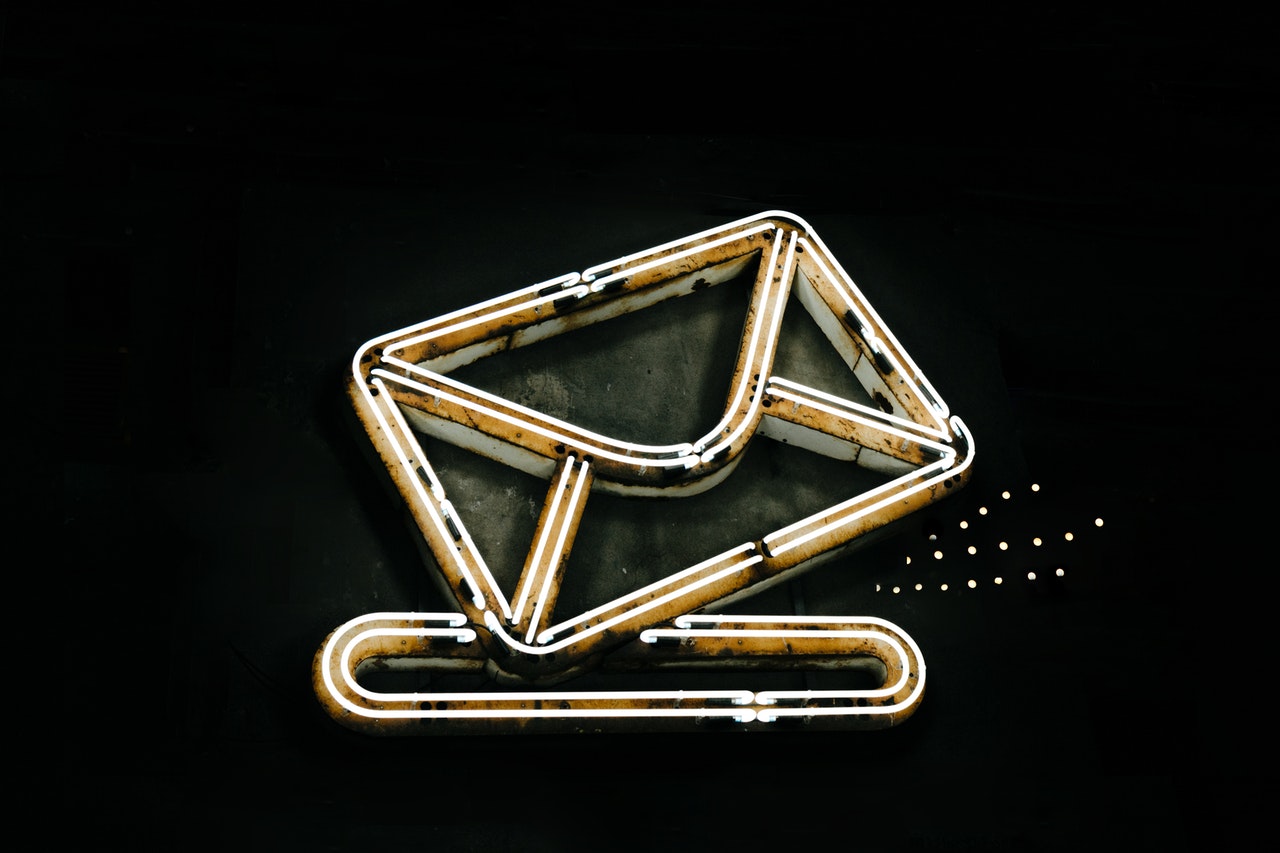Nobody likes getting emails that aren’t relevant to them. Unfortunately, a lot of email marketers haven’t seemed to get that message, and just end up sending out the same old plain content to each person on their subscription lists. While it’s an easy way of making marketing emails, it’s one that can quite easily end up with your emails getting marked as spam, and customers losing interest and not wanting to interact with you anymore. Luckily, there’s a way around this; email personalization.
What Is Email Personalization?
Personalization is the idea that you can take generic content and make it more relevant to an individual or group of individuals. A good example of this is products that are specialized for different people such as the different make-up colors that match different skin tones. Emails can be personalized too, using what you know about the person who holds an email address and general information about what their demographics tend to gravitate towards.
Personalization can be in the form of different text, images, layout etc. It’s estimated that personalized emails have a 29% higher opening rate than generic ones, and greatly increase user engagement.
When Should You Use Personalized Emails?
There’s a fine line between knowing enough to make your customers interested and seeming to know so much that it becomes creepy and off-putting. Knowing when you use personalization and when not to can be tricky, but it makes a big difference.
In general you shouldn’t use personalization when:
- A subscriber is new to your list.
- You don’t have much data on a subscriber, and so aren’t sure about their demographics.
- A subscriber’s name is involved if they haven’t given it to you directly.
- A subscriber has responded negatively to personalization in the past.
- A subscriber’s information is clearly inaccurate – e.g. they wrote “No Comment” as their name in your sign up form.
Types of Email Personalization
There’s plenty of ways you can customize emails. Which ones you want to use would depend on the resources you have available, what you want to achieve etc. We’ve listed a few of them below for you to consider.
- Personalized headlines
A tagline or subject line is almost always the first thing a subscriber sees when you send an email to them. Personalizing them should make the first impression of your business positive, provided you’ve obtained the information directly. Using a person’s name when they haven’t given it to you directly will have the exact opposite effect, so be careful to only input information from primary sources into these.
Subject lines can also be personalized according to demographics. Someone who is older and less in tune with the current internet slang will be turned off by sentences involving heavy use, whereas those who are younger and more open to it might respond more positively.
You need to be careful with sending slang or idioms to make sure that your audience is going to understand it, however. What works in one country may not work in another, and there’s also the fact that you have to be keeping up with “the loco” yourself in order to not seem like an out of touch weirdo.
- Different images/media
Different media appeals to different people, and some are definitely more effective at catching different people’s attention than others. While this personalization will be mostly based on demographic data, you can add in special media for people who your data indicates are color blind, hard of hearing etc. in order to make sure that your subscribers can always interact with the media you send them.
- Specialized content
The chances are you’re not going to eb advertising simply one type of product within your email marketing campaigns. While a new release might be the main focus, there should be others for you to personalize and swap out depending on which your data says a subscriber will be more receptive to. This can be done using demographic data or direct purchasing data, the latter of which is more effective. Simply input your content into pre-existing templates for software to use and create the perfect email for you.
Unless you have products and services that can be reused, be sure not to advertise things that a subscriber has already purchased. There’s nothing more annoying than typing something into Google or Amazon to purchase, then seeing it advertised everywhere for the next week even though you’ve already bought it.
Wrapping Up
Email personalization is something that drives up subscriber interaction and makes customers feel more valued. While the vast majority of them will probably know that any personalized content was derived from data by a machine, it still feels like there’s a human touch to it and that is what really drives people forward. There’s a fine balance between too much, not enough and just right, so be sure to test what seems right for your business.



 Bitcoin
Bitcoin  Ethereum
Ethereum  Tether
Tether  XRP
XRP  Solana
Solana  USDC
USDC  TRON
TRON  Lido Staked Ether
Lido Staked Ether  Cardano
Cardano  Avalanche
Avalanche  Toncoin
Toncoin